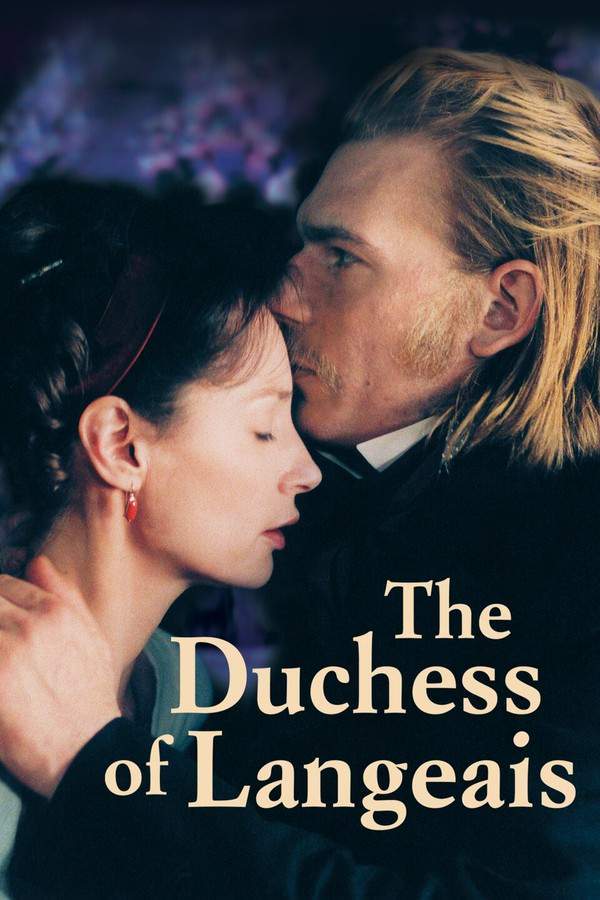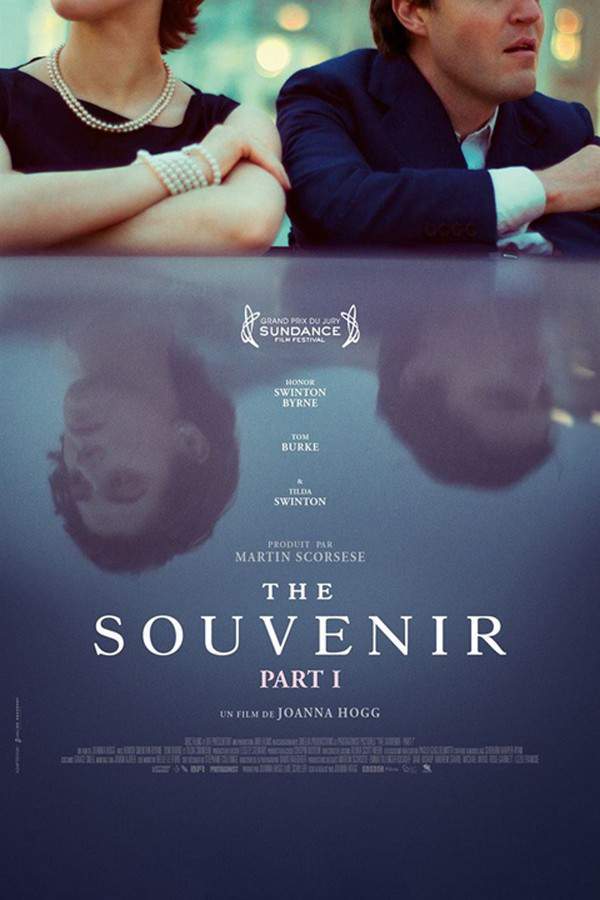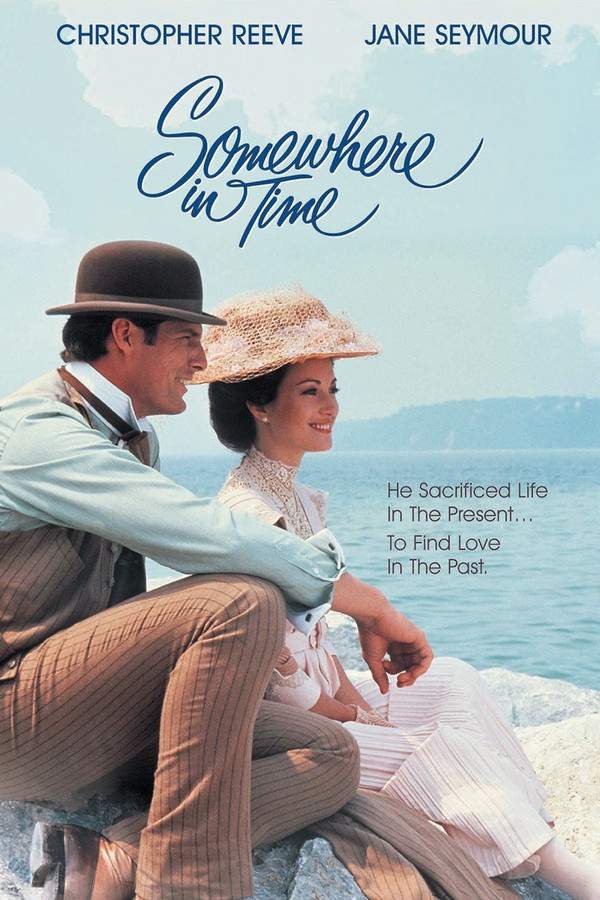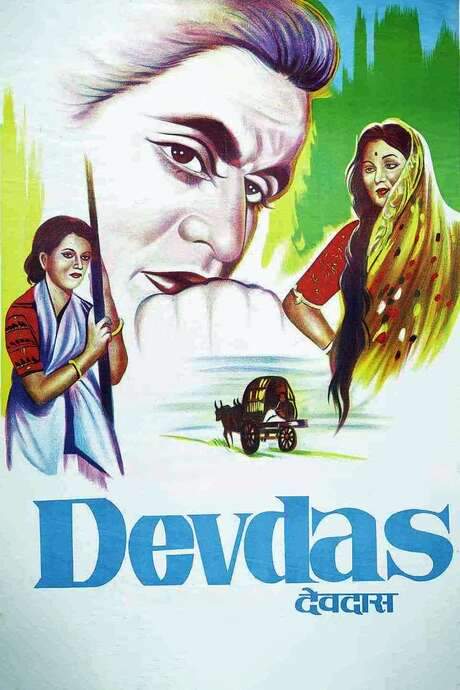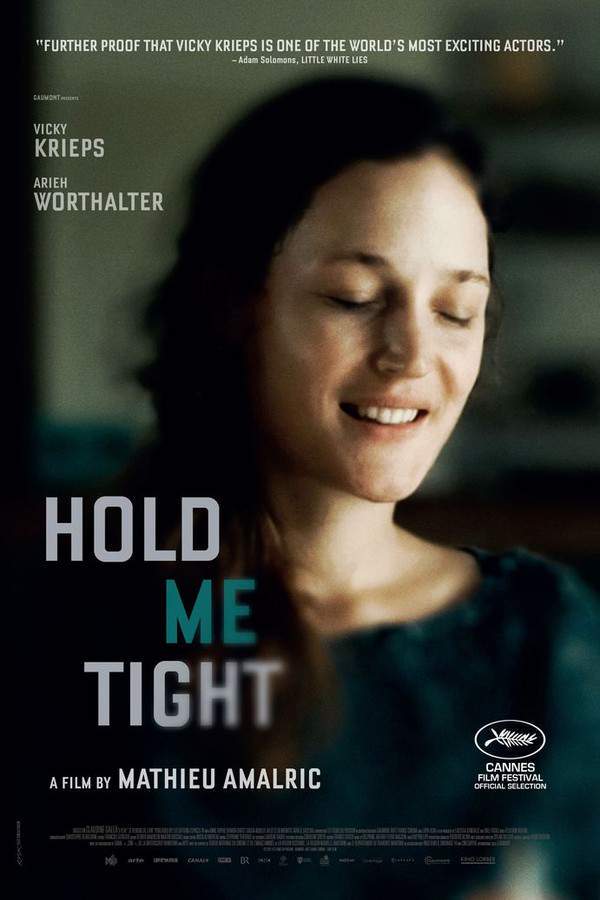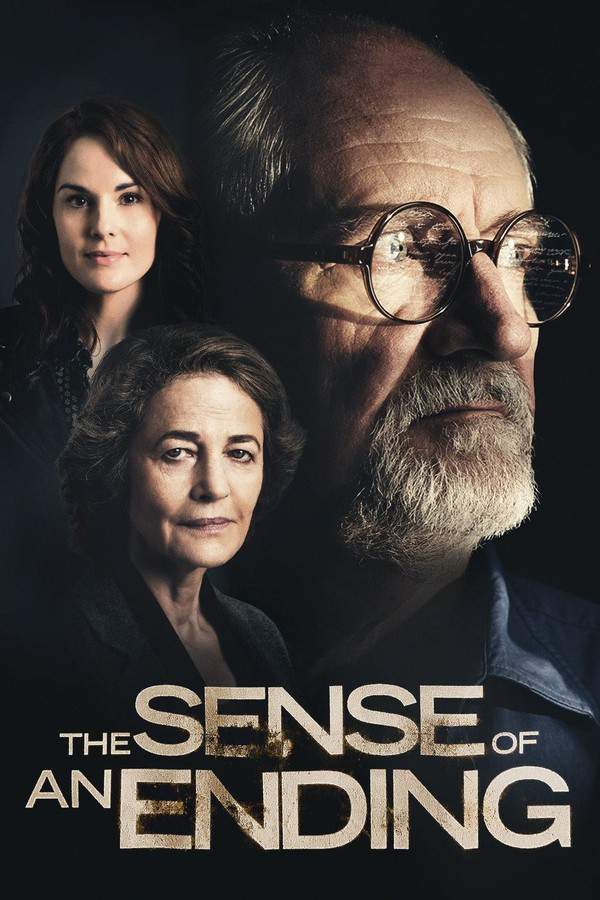
The Story of Adele H.
Year: 1975
Runtime: 96 mins
Language: French
Adèle Hugo, daughter of Victor Hugo, falls for British soldier Albert Pinson while her family lives in exile off England’s coast. Rejected, she follows him to Nova Scotia, assuming the name Adèle Lewly, but Albert continues to spurn her, deepening her obsessive quest to win his love.
Warning: spoilers below!
Haven’t seen The Story of Adele H. yet? This summary contains major spoilers. Bookmark the page, watch the movie, and come back for the full breakdown. If you're ready, scroll on and relive the story!
The Story of Adele H. (1975) – Full Plot Summary & Ending Explained
Read the complete plot breakdown of The Story of Adele H. (1975), including all key story events, major twists, and the ending explained in detail. Discover what really happened—and what it all means.
Adèle Hugo, Isabelle Adjani is at the center of a quiet, unsettling drama set in 1863 Halifax, where the shadow of war touches the everyday. British troops patrol the harbor and carefully check European travelers stepping ashore, while Adèle—traveling under the name Miss Lewly—arrives and finds a place at a modest boarding house run by Mr. Saunders and Mrs. Saunders. Her arrival is the spark that sets off a chain of longing, secrecy, and mounting tension as she pens her thoughts in a private journal and pursues a relationship that she believes will redeem a life lived under a complicated family shadow.
Lieutenant Albert Pinson, Bruce Robinson, appears as a figure of authority and distance. Adèle locates a notary and becomes fixed on Pinson, whom she loves deeply, and she hopes for their eventual marriage with the consent of her family. She asks the Saunders to pass along a love letter, and although Mr. Saunders later reveals that the letter was delivered, he did not open it, leaving Adèle to wonder what might have been. The notion of marriage is pursued with a mix of boldness and desperation, as she writes to her parents and declares that she and Pinson plan to wed, while waiting for formal approval.
The relationship frays under the weight of reality. Pinson, confronted with Adèle’s insistence, sets clear boundaries: she must leave Halifax and stop following him. He warns that her father would never approve their union, yet Adèle presses on, trying to sway him with arguments, threats to reveal his private life, and even offers of money to settle his gambling debts. But Pinson remains impervious to her pleas, and the emotional stakes intensify.
A pivotal moment comes when Adèle follows Pinson to the home of his much older mistress and witnesses the intimate encounter. This intrusion deepens her fixation, and she continues to chronicle her life with growing erudition and erratic devotion. Mr. Whistler, the kind bookseller who supplies her with writing paper, becomes a small beacon in this storm: he shows interest in the young woman, and though she is cautious, his presence marks a turning point in how others begin to see her. Dr. Murdock, the physician who visits to examine Adèle, notices a letter addressed to Victor Hugo and informs Mrs. Saunders of the true identity of her boarder, adding a dangerous wrinkle to an already fragile situation.
Victor Hugo himself responds with a letter that seems to give a signal of familial consent to Adèle’s imagined marriage. She eagerly shows it to Pinson, hoping for reconciliation, but he remains steadfast in his refusal. In her mind, the boundary between fantasy and reality blurs: she writes that she has married Pinson and even has tenants in the form of imaginary approvals. Hugo’s public announcement in a local paper unsettles the situation further, drawing Pinson’s colonel into the matter and prompting Hugo to clarify the truth. Hugo then urges his daughter to return to Guernsey, while Adèle clings to a dream that grows increasingly fantastical.
Murky ambitions and volatility deepen as Adèle contemplates extremes. Mr. Whistler offers her a gift of her father’s books, which she receives with anger and paranoia. She considers purchasing a hypnotist, sees through a charlatan’s tricks, and even contemplates arranging a staged marriage to force Pinson’s hand. In a moment of despair, she visits the father of Pinson’s fiancée, claiming a marriage and pregnancy to sever Pinson from his engagement; the deception leads to the end of that engagement and a fresh wave of rebuke from Pinson.
After a final, crushing rejection, Adèle leaves the boarding house and refuses to return home, even as her mother’s illness worsens. The consequences ripple through the family, culminating in her mother’s death and a separation that seems final. In 1864, with Pinson shipped to Barbados, Adèle follows, now openly arriving as the wife he never accepted. The truth comes crashing down when Pinson, seeking to help her, finds her wandering the streets in ragged clothes and, in the moment of contact, she does not recognize him. A former slave offers kindness and helps her return to Paris, where the political landscape has changed with the establishment of the French Third Republic.
Adèle is placed in an asylum in Saint-Mandé, a fate that shadows the rest of her days. There, she tends a quiet garden, plays the piano, and writes in her journal, living out decades that stretch toward an eventually solemn end. Adèle Hugo dies in Paris in 1915 at the age of 85, leaving behind a life that was at once lyrical and tragic, a portrait of love and obsession seen through the lens of history.
Along the edges of this story, a vivid cast of supporting figures appears: Mr. Saunders Ruben Dorey and Mrs. Saunders Sylvia Marriott host the troubled girl; Mr. Whistler Joseph Blatchley the bookseller offers a quiet counterpoint to the drama; Dr. Murdock Roger Martin reads the signs of a mind under strain; Victor Hugo’s circle includes Victor Hugo’s Servant Louise Bourdet who helps to frame the historical context; Keaton, the bank employee Clive Gillingham, and Mr. Lenoir, the notary Cecil De Sausmarez are part of the procedural backdrop; the tale also introduces a variety of minor characters such as Black Penpusher Jean-Pierre Leursse, the Cabinetmaker Jacques Frejabue, Lieutenant Pinson’s Batman Carl Hathwell, Young Whore Chantal Durpoix, and Hypnotist Ivry Gitlis, along with Madmoiselle Tilly Thi-Loan Nguyen, all of whom populate a story that is as much a study of a person’s inner life as it is a historical chronicle.
Last Updated: October 09, 2025 at 09:16
Explore Movie Threads
Discover curated groups of movies connected by mood, themes, and story style. Browse collections built around emotion, atmosphere, and narrative focus to easily find films that match what you feel like watching right now.
Obsessive Descent Dramas like The Story of Adele H.
Character studies of consuming fixations that lead to psychological ruin.If you were fascinated by the tragic, single-minded pursuit in The Story of Adele H., explore other movies about obsessive love and psychological unraveling. This thread gathers similar character-driven dramas where a quiet, consuming fixation leads to a character's downfall, perfect for viewers who appreciate heavy, melancholic stories.
Narrative Summary
The narrative follows a linear but intense character arc, where a protagonist becomes fixated on a person, ideal, or goal. Their reality blurs as the obsession grows, leading to a gradual but certain mental and emotional decline, often culminating in isolation or tragedy. The plot is a vehicle for psychological exploration.
Why These Movies?
Movies are grouped here based on their central theme of destructive obsession and their focus on a character's internal psychological collapse. They share a heavy emotional weight, a melancholic tone, and a deliberate pacing that allows the audience to witness the slow-motion tragedy of a life consumed by one idea.
Quiet Historical Melancholy like The Story of Adele H.
Slow-paced period pieces steeped in profound, personal sorrow.For viewers who appreciated the somber, reflective atmosphere of The Story of Adele H., this thread collects movies with a similar vibe. Discover other slow-burn historical dramas defined by a quiet, melancholic tone, where the weight of the past and personal tragedy create a deeply moving and heavy viewing experience.
Narrative Summary
Stories in this thread are typically linear character studies set against a richly detailed historical backdrop. The conflict is often internal or deeply personal, with the era's constraints adding to the character's sense of isolation or doomed fate. The narrative avoids large-scale action in favor of intimate emotional portrayal.
Why These Movies?
These films are united by their specific blend of a historical setting with a quiet, melancholic, and heavy emotional tone. The similarity lies in the overall vibe: a slow, somber, and deeply sad experience that uses the past to explore timeless themes of loneliness, loss, and unfulfilled desire.
Unlock the Full Story of The Story of Adele H.
Don't stop at just watching — explore The Story of Adele H. in full detail. From the complete plot summary and scene-by-scene timeline to character breakdowns, thematic analysis, and a deep dive into the ending — every page helps you truly understand what The Story of Adele H. is all about. Plus, discover what's next after the movie.
The Story of Adele H. Timeline
Track the full timeline of The Story of Adele H. with every major event arranged chronologically. Perfect for decoding non-linear storytelling, flashbacks, or parallel narratives with a clear scene-by-scene breakdown.

Characters, Settings & Themes in The Story of Adele H.
Discover the characters, locations, and core themes that shape The Story of Adele H.. Get insights into symbolic elements, setting significance, and deeper narrative meaning — ideal for thematic analysis and movie breakdowns.

More About The Story of Adele H.
Visit What's After the Movie to explore more about The Story of Adele H.: box office results, cast and crew info, production details, post-credit scenes, and external links — all in one place for movie fans and researchers.


